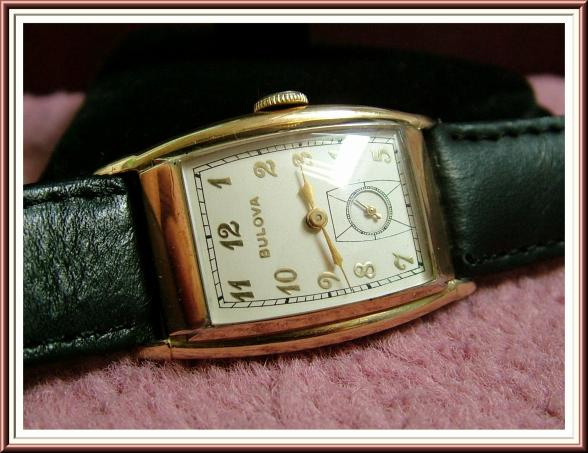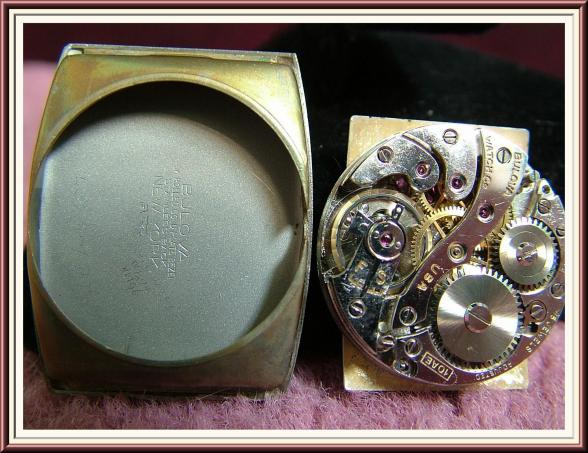


I'm referring to these similar models:
Revere – 1937, 1938, 1939
Alden – 1940, 1941
Craftsman – 1940
Alexander – 1942
Stamford – 1942
Commodore – 1943 (ad shows engraved model, but there could have been an unengraved version)
Unknown model – in “bulova-ad-1943-3” (model name is not readable)
- 'CRAFTSMAN' would be 21 J.
- 1943 'COMMODORE' - engraving would justify a different model name, as We have 'ALEXANDER' and 'STAMFORD' covering 1943 as Our plain Bezel entry (?)
- '42 'ALEXANDER' and 'STAMFORD' would be a model name change in that Year (from the 'ALDEN') - unless We have them prior?
- 'REVERE' is not seen in 1940 - model name change/upgrade in 1940 (to the 'ALDEN').
Leaving 'ALDEN' in 1940 and '41.
In reply to - 'CRAFTSMAN' would be 21 by FifthAvenueRes…
That's an interesting analysis--maybe complete and correct, maybe not.
The dates I listed for the various models are just the dates of the ads that we currently have and do not necessarily reflect the only year(s) each model was produced. Also, given that these models are pre-1950, the only date available is on the movement, rather than on the case, so, if we use date alone for ID, we may be identifying a watch based on a movement that was not original to it. That's why I believe, that, given their similar case shape, dimensions may be helpful at some point in determining which model one has. I've noticed a bunch of these case shapes for sale on eBay recently. This question may require some attention in the future.
In reply to - 'CRAFTSMAN' would be 21 by FifthAvenueRes…
In reply to Analysis based on the Date by FifthAvenueRes…
Maybe, maybe not. You are still just using one watch, one ad, one date on one movement to make the ID. It may or may not be right. More evidence is needed, and my guess is that, over time, we'll have it.
As for identifying models solely on jewel count (see your comment above), I think we now have enough examples where that distinction didn't hold up. Take, for example, the recent discussion regarding the late model President.
Bottom line is, what can it hurt to compile dimensions and use them as another source of information to help distinguish these similar models? That's all I suggested. Hard evidence should be superior to guesses and suppositions.
In reply to Maybe, maybe not. You are by NOVA
I think what would help a great deal is to be able to ID a watch with what we have but be able to note in the data base that it isnt a solid ID...that would certainly help keep numerous watches from being solidly named wrong based on one ID. Not sure of the best way this could be done but I'm sure someone will have an idea.
In reply to I think what would help a by shooter144
Agreed. We need a way to give a tentative ID.
And to clarify, I'm not saying that the watch that started this post is not an Alden. I never meant to imply that. I simply am trying to figure out how to distinguish these similar models and thought that starting to compile dimensions might eventually be of use. I think it is a very sound working theory that this watch is an Alden. I'm just trying to help solidify that ID as well as assess various watches in my own collection.

